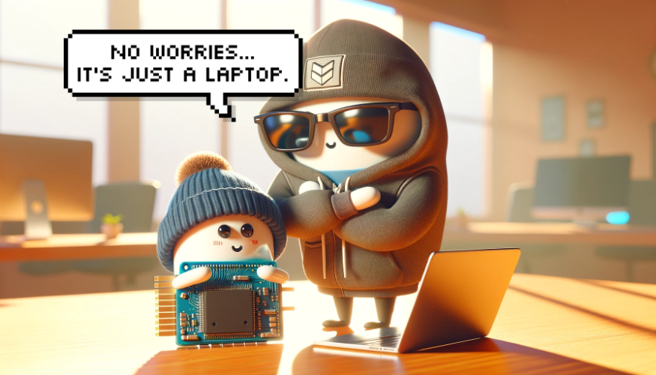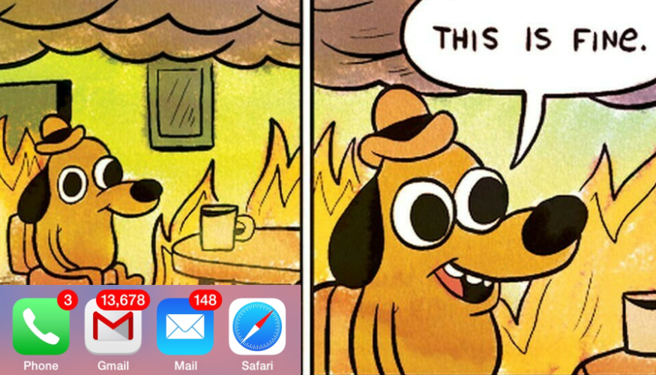7 Tips for Effective Communication in Remote Teams
January 03, 2024 •

I run a remote business that's reaching all set goals. These are the 7 principles I use to foster consistent and clear communication.
1. Think Twice
I encourage autonomous problem-solving and innovative thinking of creative ways to solve a problem. This is where thinking twice comes in. You’ll encounter challenges from time to time. Take time to think through them before opting for consulting.
More often than not, you’ll end up figuring out the solution to the problem yourself. This type of independent thinking and problem-solving is what I nurture in my team members. Challenge yourself to think of a great solution to the problem you’re dealing with. This improves the efficiency with which tasks are handled and improves overall motivation and productivity.
2. Ask with solutions
This tip saves both sides time and energy. Some tasks can be solved in several ways. This can be a challenge when deciding which solution is best. Consult your manager or colleague, offering both suggested solutions. Make their work easy. It’s easier for your colleague or manager to pick the best option from the choices you’ve provided them with. This method of thinking often makes one solution obvious as the right one, making consultation unnecessary.
Consulting without possible solutions requires brainstorming for multiple solutions to the said problem. This takes a lot of time and energy, which is bad for achieving any desired excellence.
3. Default to Asynchronous
This type of communication promotes methods that don't need real-time interaction. I like this type of communication because it avoids distractions and allows for controlled message viewing every two hours. This approach improves productivity and flexibility as it lowers the need for all of us to be available at the same time. I know that people have different schedules and time zones. This allows for direct and thoughtful communication.
4. Clarity
Messages need to be accurate, clear, and concise. They should be focused on the subject matter and contain only relevant information. I guarantee this by writing the message and reading it out loud. I remove any parts that aren’t necessary, and edit sections that compromise the clarity of the message. This simple process takes a few minutes to accomplish but drastically improves the productivity of all team members.
5. Ownership
I push my team members to work without asking for permission or consultations. This saves time and improves creativity. It also improves motivation and productivity. I follow the American military strategy that answers the what and why behind this approach. I use the rule of a Commander’s Intent that provides a why. Read War Room Wisdom for Software Developers to learn more.
6. Evaluate and Improve
I contemplate the aspects that work and don’t work for us. I experiment with potential ideas and strategies to figure out what works well for us and what does not. I recently decided to experiment with ten-minute morning synchronous meetings. These meetings need the commitment to make work. These meetings have been beneficial in the running of our remote team. We discuss crucial tasks and evaluate progress reports of various departments in our organizations. They are a staple in the daily running of our organization. This has been made possible by assessing our organization and improving it. Take time to evaluate your remote team and see where you can improve.
7. Have meetings when Asynchronous communication is not possible
Open communication is important when running a team. Sometimes, asynchronous communication is not possible. Short live meetings (whether face-to-face or online) should be held to keep the flow of data and information open. I keep these meetings brief and direct to the point. These meetings have a clear objective. These meetings are held between select individuals and not the entire team, thus making them an important stable in our communication system.
Conclusion
These 7 principles form the foundation of how well we communicate in my remote business. Open communication can be the difference between a good team and an exceptional team. These principles have guided us forward, helping us improve to newer and better levels.
This type of communication could be the missing link in your organization. Join us on this innovative journey and learn how we develop software. It is a unique approach to developing software that blends creativity with precision and curiosity with mastery. We do this through this piece created just for you. How We Do Software


